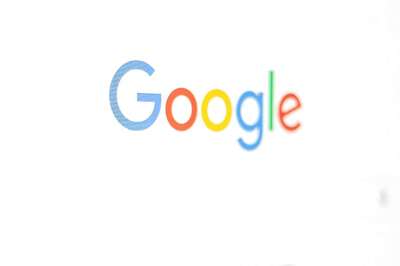
views
Face with a medical mask. Folded hands. A temple. A Raised Fist for Black Lives Matter. Emojis are powerful. More powerful than they have ever been. Not just as inserts for conversations on instant messaging apps with friends and family. They convey sentiments. They clarify meanings. They make clear emotions that may otherwise be lost in words. Emojis are an integral part of pretty much most digital conversations in the modern era. They say a picture is worth a thousand words, if everything is in the right place at the right time. Yet we suspect an emoji may be worth much more, if used wisely. And timeliness remains key. It is perhaps time to consider how important emojis are in your life, for today, July 17, is the World Emoji Day. If you are running iOS 13.6 on your iPhone, you will get the Raised Fist emoji option if you type Black Lives Matter. Emojis are a part of our culture and society, not just a bubble in our phones, living inside WhatsApp or Facebook Messenger or some such app.
Some may suspect that we are returning to a more primitive form of communication, that is with visual characters, but there is no doubt it is extremely popular with the smartphone totting millennials. These tiny emotive characters, known as emojis, representing people, things, expressions, objects and even situations, are being used to convey something in a single tap of the touchscreen, rather than realms of the written word. Every year, more emojis are added improving representation, diversity and message.
The emojis first appeared in pagers and phones in Japan in the late ‘90s, but then again, that was a time when Japan was showing us the way with smartphones. NTT Docomo first began experimenting with emojis in 1995, when they added a heart symbol to their pagers. These were designed by Japanese artist Shigetaka Kurita, and those original 176 emojis are now a part of the permanent collection at New York’s Museum of Modern Art.
Remember the beautiful flip phones that you bought much later? The Japanese had pretty much been using that design of phones for many years by then. And they showed us the way for emojis too. Through the mid-2000s, phone makers found one way or the other of implementing emojis in their phones. Apple and Google, with their stakes in the smartphone space, took note long ago. The latter pushed to get emoji recognized by the Unicode Consortium, a non-profit corporation that is devoted to developing, maintaining, and promoting software internationalization standards. This also includes the Unicode Standard, used for emojis. At the same time, Apple engineers were pushing to get 625 new emoji characters adopted into the Unicode Standard. iEmoji, a forum dedicated to this visual form of communication, makes a fine distinction between emojis and emoticons. While emoticons are “a group of characters to represent an emotion”, an emoji (Japanese for picture word) can be used to describe faces, activities, mood, weather, emotions or even places. If you are on a flight, you can simply reply to someone sending a message with an emoji of an aircraft, and they’ll know you are traveling. If someone in your team is falling behind a submission deadline, simply send a clock emoji instead of written words which could potentially be perceived unpleasantly.
In the meantime, phones kept adopting emoji characters, and people started replacing text with these in conversations with friends over instant messaging apps. It was only in 2011 that Apple integrated emojis into the on-screen keyboard app on the iPhone—till then, emojis were available in separate apps, which could be copy-pasted into a message and sent. Android did the same integration a couple of years later. In 2014, the White House Council of Economic Advisors released a report on the education, debt, and healthcare status of millennials (defined by the report as “mostly in their mid-20s) with generous use of emojis to get their point across. For instance, the clapping emoji was used to depict education data, while an iPhone emoji signified the technology data and an ambulance emoji represented the section which talked about the healthcare options. Emoji however got its biggest boost in 2015, when the ‘Face with Tears of Joy’ emoji became the Oxford Dictionaries Word of the Year. The Oxford University Press had partnered with Swiftkey, a popular keyboard app for smartphones, and discovered that this particular emoji was the most popular with users globally.
Every year, the Unicode Consortium approves new emojis—the emoji language is now a full-fledged language. Along the way, there have been multiple attempts to ensure diversity is represented—a woman wearing a hijab, a man with a turban, more religious places, more representation from the animal kingdom, a woman cradling a baby, the differently abled and a variety of skin tones.
Emojis say more than words can, at times. Let us just be thankful for that.


















Comments
0 comment